Mercedes-Benz presented the MBUX Hyperscreen , the first all-glass digital dashboard, which was assumed to be released sooner or later by a company based in Silicon Valley rather than Stuttgart.
This is from a car brand that has historically been one of the most conservative, but which has radically changed its image in the last decade, not only in the design of its models, but also in the way the company is organized.
Sajjad Khan, Daimler's Chief Technology Officer, tells us all about the new MBUX Hyperscreen, which will be debuted as an option on the Mercedes-Benz EQS.

In addition to being, beyond dispute, the largest screen ever mounted in a car, Mercedes-Benz also claims that it is the smartest. What is this claim based on?
Sajjad Khan – Hyperscreen only shows the necessary information when it is needed. Without having to search between submenus, the user does not have to search for the data, rather it is the data that finds him. This is a milestone in this industry for the way we've managed to merge the analog and digital worlds with top-notch execution.
It was never a question of egos, then, of the “mine is bigger than yours” type?
SK: Don't even think about it. Creating the biggest screen in the world was never a goal in itself. We were driven by the idea of presenting a valued, innovative and intelligent product for our customers, with a pure focus on the user and digital thinking.
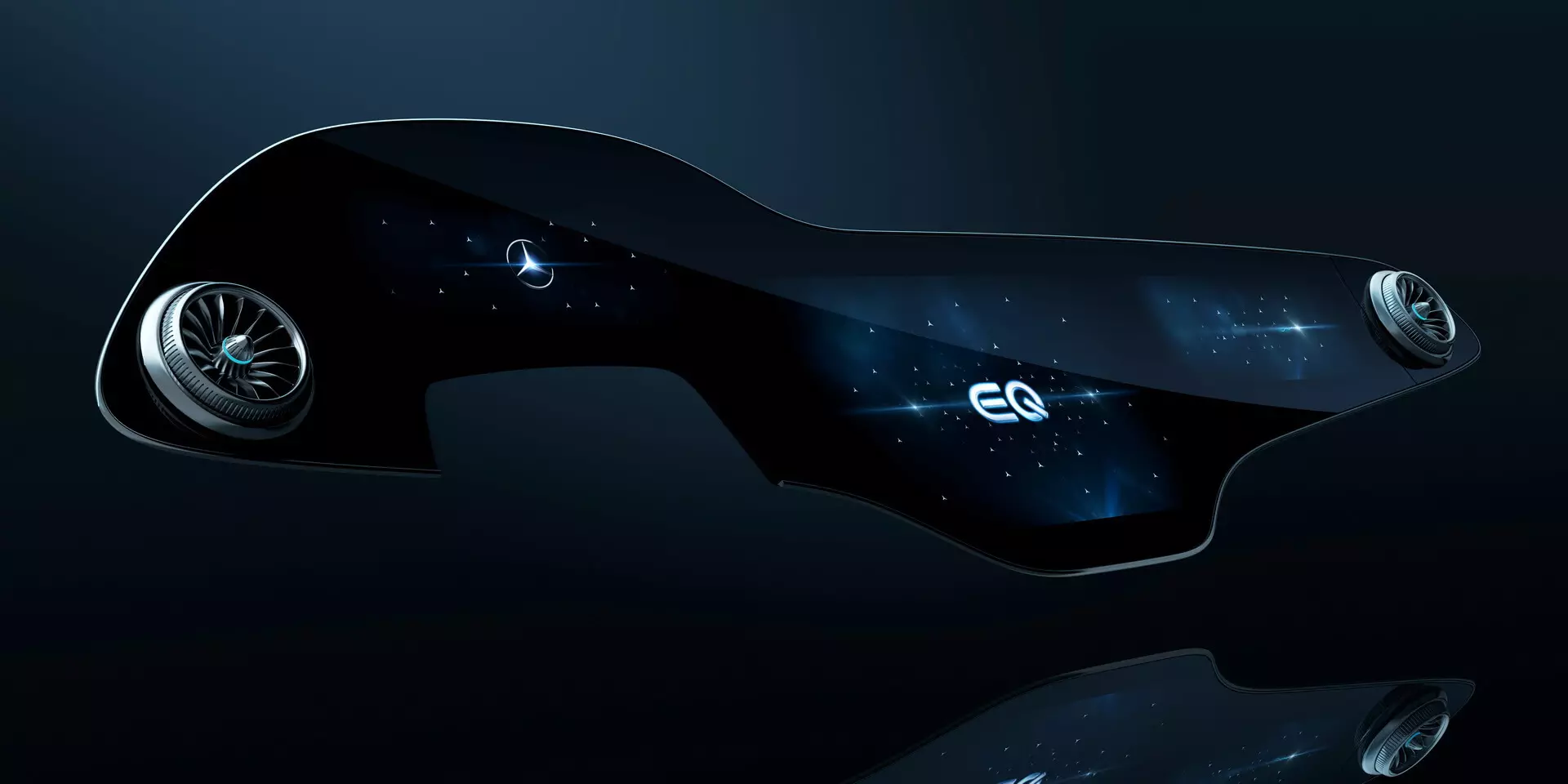
"Zero layer"
What is it made of and how is information organized on Hyperscreen?
SK: We have three independent screens under a slightly curved surface that, to the user's eyes, looks like a unique interface. The center has an especially bright appearance thanks to the latest OLED technology and, as we value simplicity, we've created a new level of user interaction we call “zero layer”.
All the necessary and personalized information is placed in front of the driver's eyes, without him having to dig through the submenus, as this can distract him from his main role in the car. We use different colors depending on the driving mode and in the instrumentation area we've created a new flying saucer-shaped icon, which helps to show the status of energy recovery, acceleration and g-forces.
Subscribe to our newsletter
Can you be more specific?
SK: Of course, even because it really needs to be explained or it wasn't about a reinvention of the way human beings interact with the car. This concept of “zero layer” started to be worked on three years ago and in it there are three very different modules where everything is shown without the need to navigate through submenus. And because it works with Artificial Intelligence (AI), the system quickly learns the user's preferences and habits and provides everything he needs.
It's impressive on the outside and super-intelligent on the inside, connecting with the outside world and all of the vehicle's occupants. All functions and features — battery charging, entertainment, phone, navigation, social networking, weather functions, connectivity, massage, etc. — are fully visible and available at all times, fully connected and personalized, combining super computing power and AI.
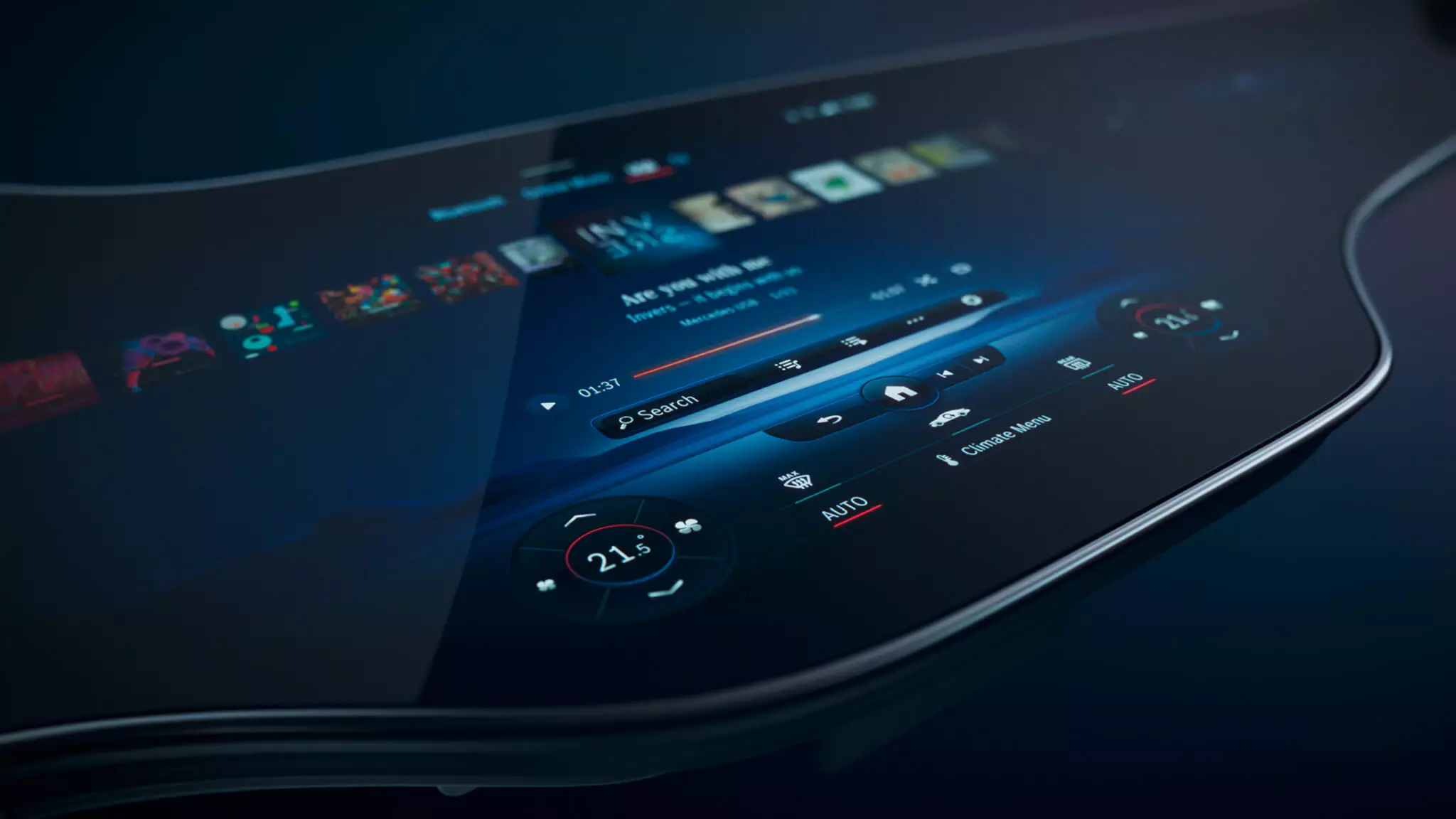
Was the “zero layer” principle considered simple to use in your tests with “human guinea pigs”?
SK: Yes, because it puts all the applications and functions in the proactive and fluid user interface, just at your fingertips. The important navigation map is always visible in the center and, below, we have placed the communication and entertainment controls.
Since we launched the first generation of our new operating system (MBUX) in 2018, we've analyzed feedback from our customers and found that four out of five actions (with the car moving) are related to navigation, media and phone calls, by we've made your access priority. The system learns, through AI, which are the most common actions of the user inside the vehicle and puts their access on the screen, leaving access to the least used in the background.
Can you give an example of this learning that Hyperscreen can do?
SK: Of course. The EQS chassis can be raised to create greater ground clearance, which is a useful feature for steep garage entrances or when driving over speed bumps. The system memorizes the GPS position in which the driver used the vehicle survey function and the next time the vehicle approaches that GPS position, the MBUX proposes, “by its own “decision”, to raise the EQS. The driver then has the option to accept or reject the suggestion.
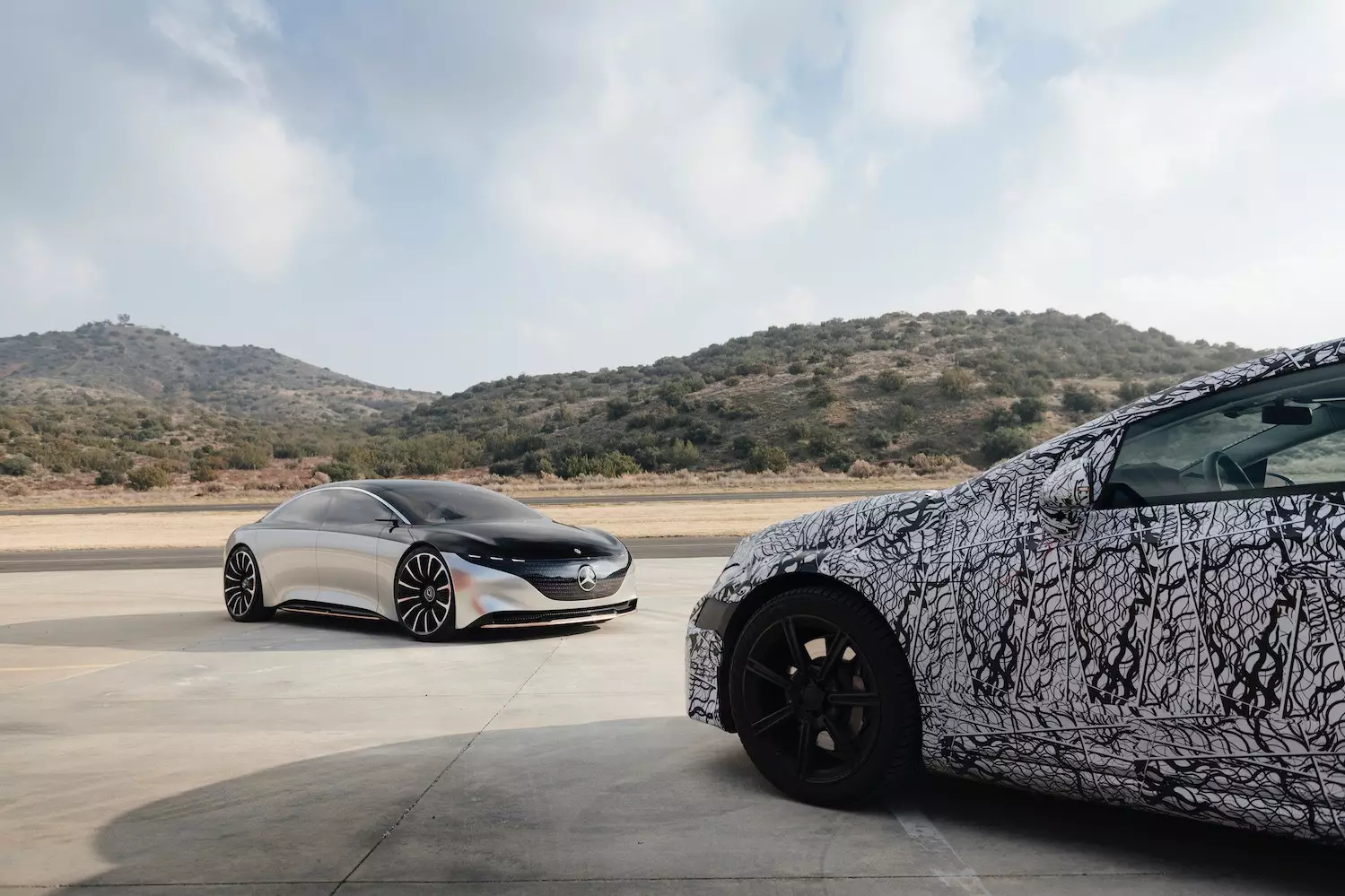
We are used to the driver receiving almost all the attention of the interface systems, but as the autonomous vehicle (AV) gets closer and closer to becoming a reality, it is natural that passengers will also become more “considered”. Do you agree?
SK: Without a doubt and that's why we have something for every passenger, especially for the co-pilot who has his own screen inside the Hyperscreen. This screen does not interfere with functions related to vehicle movement, but the front passenger can help the driver find a destination in navigation, adjust the sound or choose music, etc., and can also see general vehicle information.
This passenger can share information with anyone in the car and, in some countries (depending on the legislation in force), can even watch videos during the trip because we have a technology (based on a smart camera) that prevents the driver from seeing these images, preventing you from being distracted from the road and traffic.
But it's no use feeling sorry for the driver for that, as he features the same sensational MBUX system interaction we've recently introduced in the new S-Class, including a massive Augmented Reality (AR) projection.
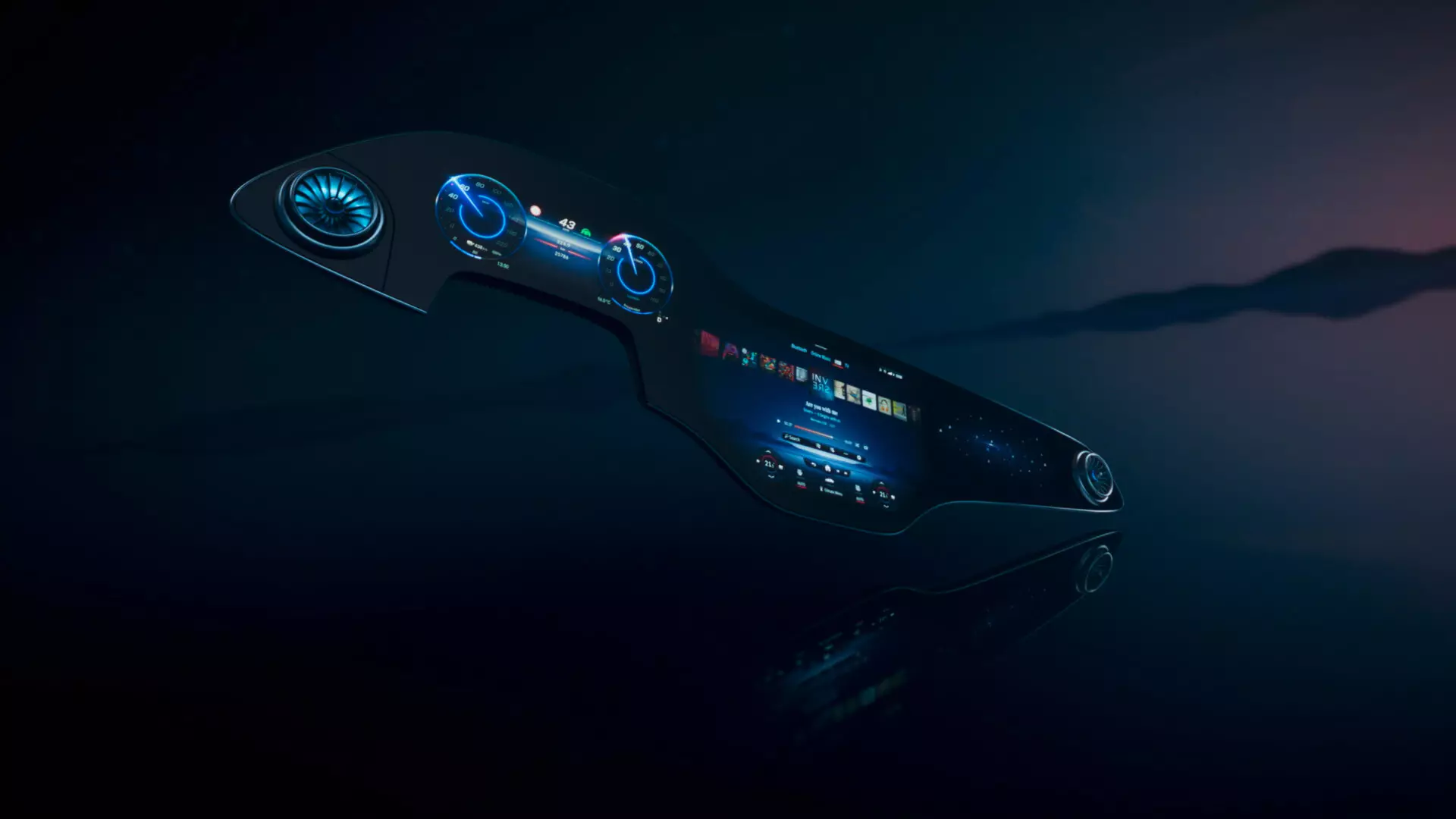
Interaction
Some manufacturers seem to be working around a solution, pioneered by Panasonic, in which large buttons float on the screen and allow the user to make quick, instinctive adjustments. Mercedes-Benz preferred a solution in which all functions are controlled by the display surface itself. Why?SK: There are several technologies and different conceptual solutions to allow the user to interact with their car in this new digital age, be it touch, gesture, voice command, vision, etc. Our solution, Hyperscreen, allows total control through the use of different technologies and AI in such a way that the user is not even aware when using the senses that nature has given us (speech, hearing, sight, touch) and that are fully integrated.
In 2012 his company showed, at CES in Las Vegas, the concept of operation by gestures CUBE in which the user raised his arms to go touching commands that he visualized virtually, but this solution that was followed is technically and conceptually different. What justified this paradigm shift?
SK: Using the windshield as a projection screen is something that's been on our minds forever, but right now the head-up display of the new S-Class is the biggest it's possible to do. The main drawback is that only the driver is able to see you and, ergonomically, it may not be a good idea to have the driver wave his arms and hands up and down and side to side while driving.
Maybe it can be a solution for a medium to long term future, but at the moment the technology doesn't allow it. And anyway, we were able to integrate many of these ideas and content on our big central screen.
How is it possible to ensure that there is no excessive driver distraction with this huge tactile surface?
SK: Avoiding driver distraction has been an obsession for us from day one. That's why information is projected or hidden in the background by itself, according to what it learns according to the user's use over time, in addition to the fact that voice commands and gestures are added to this experience. , easy, intuitive and effortless to control.
An example: advanced pixel technology increases the brightness of the information that has just been requested and then, with the help of the camera, you can dim the co-driver's screen for the driver, so that when he directs his gaze to that screen not be able to see the image (but the copilot is). To give you an idea of the effort we've made to avoid distractions, more than 90% of the information is accessible on the first level of Hyperscreen and/or by voice command.
How to differentiate from (future) competition?
A Samsung tablet and an iPad are much more alike than the dashboard of a Mercedes-Benz and a BMW. In other words, how is it possible to inject brand DNA into a dashboard that is “just” a huge glass surface that looks a lot like any glass surface that your competitors are likely to feature in the future?
SK: In fact, when the dashboard is entirely made up of a screen, some of the differentiation we've always achieved with hardware, with shapes, details, etc., is lost. In this case, we kept the jet turbine air vents at the ends of the panel, but as the huge screen is so prevalent we have to create that DNA more for the way the system is used and less for its shape. But also for specific features, colors and functionality.
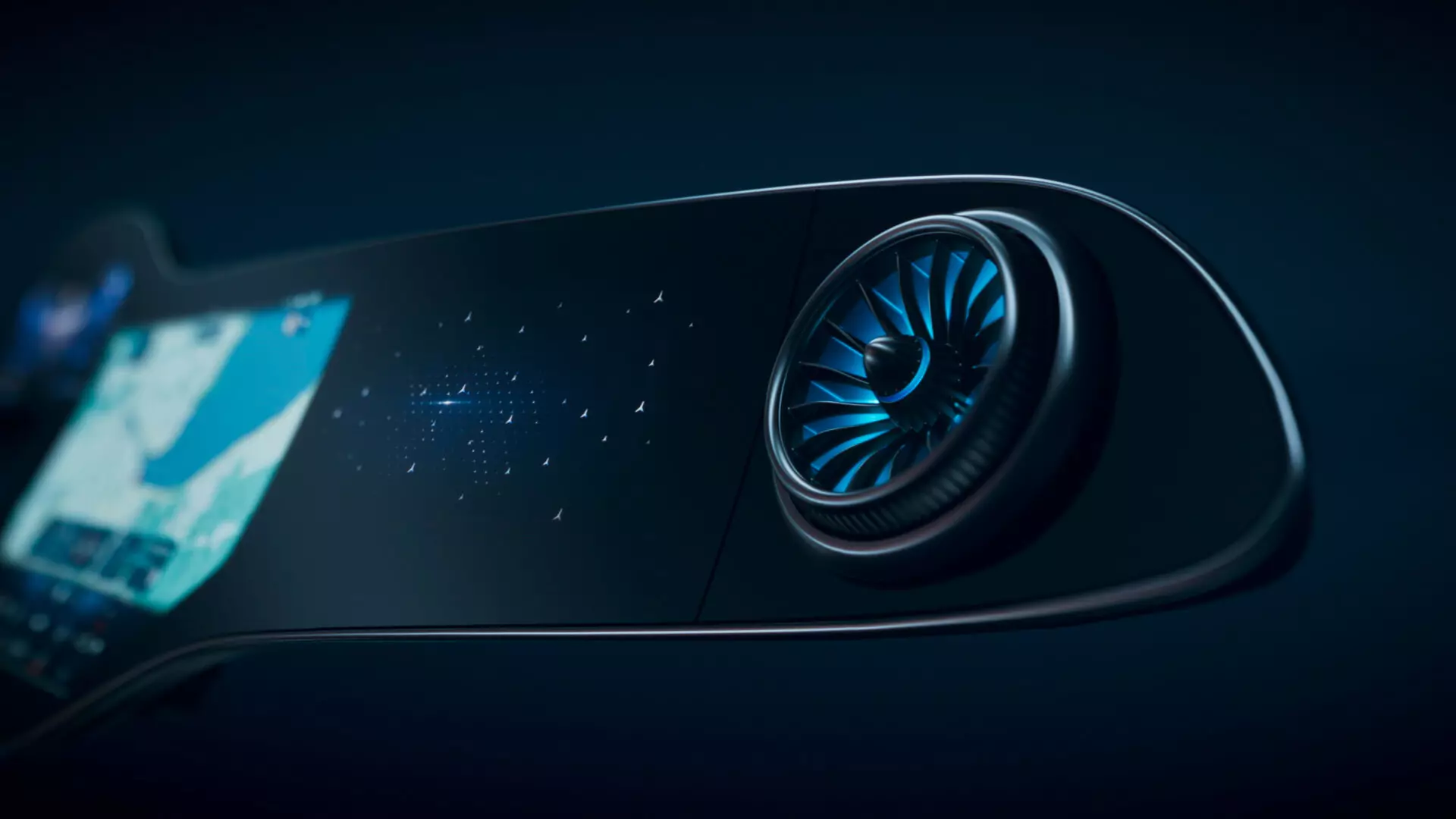
Just a few months ago, it introduced the new MBUX in the new S-Class. Now appears this even more revolutionary Hyperscreen. Don't worry that this will annoy early S-Class buyers, who may feel that they only have the second best system on the market after all...
SK: Hyperscreen is all about the EQ brand, more progressive and all-electric. The S-Class panel is fantastic, but suitable for a slightly more traditional user, with its balanced combination of analogue and digital technology.
Hyperscreen is no better than S-Class MBUX, it's just different, because in fact the two concepts use the same underlying technology platform (we have eye tracking and 3D technology on both systems, etc). I therefore think that there is no reason for “jealousy” or disappointment on the part of those who have already become a customer of the new S-Class.
Is there more than one central computer behind this system? How big are the screens?
SK: We managed to condense all the computing power into just one device for the three screens, even though we have LCD and OLED screens, with different resolutions. The driver and “co-pilot” side monitors are 12.3” in size and the center has a 17.5” diagonal.
What type of glass was used?
SK: It's a very sophisticated glass, slightly curved, which is built by gluing different types of screens together. In areas with more pronounced curvature, we use dry glue and in less curved areas we apply wet glue. We also had to deal with the different PPI (pixels per inch) so you can get an idea of how complex the industrialization process of this dashboard will be...
The idea is to use the Hyperscreen concept in other smaller models from the EQ sub-brand after its debut at EQS later this year?
SK: We are working to offer similar technology solutions for upcoming EQ models and as always this will take some time, especially in the case of much lower market segments. But tactile control in different forms is the future, we think, beyond AI and voice control.
